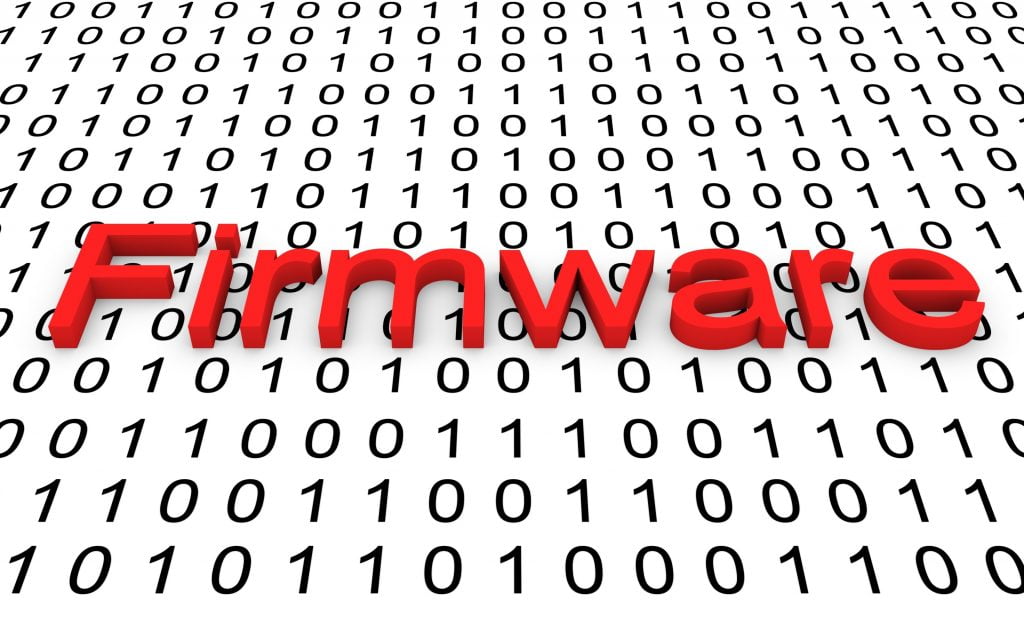Firmware & Embedded Software Design
An embedded firmware is a software for a special type of processor in electronic hardware devices within a larger system. These embedded systems all have processors of some type. The processors complexity ranges from very simple, like microcontrollers to multi-core CPUs with built-in peripherals such as PCIe, and memory management. Embedded firmware works as central computers that provides instructions to the device on how to operate. Firmware starts working when device is powered on, and runs continuously.
Despite traditional software, which is written for an operating system that is easy to change and stored on easily accessible memory, firmware is the embedded processor code on the electronic board that’s not easy to change and is often controlled by the manufacturer and not the end-user.


Firmware development requires in-depth knowledge of the processor architecture and all the different modules and components connected to it. Some of them use real-time operating systems (RTOS), which makes it more complex to write a code. In addition, Firmware writing could include drivers for peripherals, algorithms to do the main job of the embedded system, or many other tasks. In details, firmware programming involves working with inputs, outputs, interrupts, memory read/write, etc.
Some examples of an embedded system include cell phones, microwaves, washing machine, remote controls, TVs, alarm clock, an electric tooth brush, the Wi-Fi Access Point, and lot of other appliances or machines.
A firmware engineer is responsible for the development and implementation of software for a variety of industries, such as the automotive, health care and consumer electronics industries. They coordinate with project team to create requirements and specifications and design descriptions for standards and procedures. A firmware engineer designs the functionality of software, develops new algorithms, alter and enhance existing code and manages software applications.
In addition, firmware engineers prepare and create technical manuscripts and protocols. They may require travelling to customer sites and interact with customers for support of the developed applications and prototype installations
